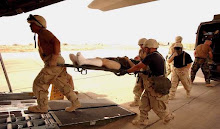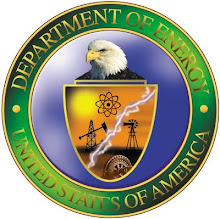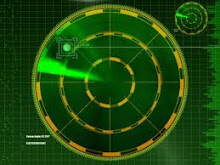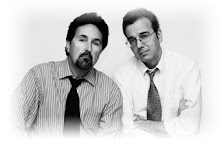The newly-formed Intelligence Advanced Research Projects Activity (IARPA) has evolved from previous intelligence activities and is now trying to model itself on the respected Defense Advanced Research Projects Agency (DARPA), which was created in 1958.
Can the new IARPA follow DARPA’s example to recognize and identify the current and coming challenges facing the national security community, or even provide newer and more innovative transcendent intelligence resources, such as the optimization of soft power assets? IARPA could be helpful.
A key element in soft power is the ability to attract people in many walks of life, in many countries and in various tactical and strategic contexts to become friends and allies. These goals can be as important as R&D of technologies.
When the U.S. is engaged in worthwhile efforts that are intelligent, beneficial and morally sound, the ability to communicate these factors internally and externally becomes not only quite important, but imperative in taking the high ground.
FUTURE CAPABILITIES
Technology and gadgets do have their place in today’s society. And, they can be merged with soft power modalities to create a synergy of transcendent warfare and transcendent intelligence activities.
Dr. Lisa Porter, IARPA director, and Dr. Timothy Murphy, deputy director, lead the agency. According to the group's Web site, “IARPA reports to the Office of the Director of National Intelligence's Director of Science and Technology. IARPA by design does not have an operational mission, and its focus is on capabilities that the user community might want in the future, not on the requirements they have today.”
The future will require that the U.S. take intelligent and ethical positions, implement activities accordingly and then communicate via soft power resources about our stances and intentions. These steps will have many benefits, including the ability to attract intelligence from human sources (HUMINT).
U.S. activities internationally, and in space, are essentially an expression of human nature, human psychology, human behavior and human consciousness. The same is true for other nations, cultures and societies on our planet.
Various aspects of hard power and soft power are results and reflections of this human consciousness in one way or another.
Therefore, when we more fundamentally address and explore human consciousness, we get to the heart of human attitudes and behavior. This is important in understanding others – and ourselves.
HUMAN CONSCIOUSNESS
If we accept that human consciousness, perception, awareness and understanding are basic parts of successful endeavors and soft power, then adequate and intelligent R&D should be focused on them.
From conventional theories of human psychology and the behavioral sciences to leading-edge research on anomalous cognition, much has been learned about human consciousness and human behavior over past decades.
However, basic understanding about this body of knowledge is sometimes lacking among the general public and people in many walks of life, both in the U.S. and internationally.
Because human behavior is so significantly linked to the human mind and human consciousness, the appropriate dissemination of information about this topic is important to make progress on a myriad of fronts.
In addition, because of emerging and leading-edge research indicating that human consciousness has greater potential than most people previously believed, it is useful to convey information on these topics.
We might wonder if the understanding about human consciousness, nationally and internationally, will result in significant improvements in many areas important to the U.S. These include, but are not limited to: counter-insurgency, counter-terrorism, prevention and resolution of regional conflicts, mitigating humanitarian challenges, enhancing social cohesion and cooperation, expanding creative problem-solving, improving overall human functioning and obtaining HUMINT.
AMERICA LEADS AGAIN
Deploying information to enhance understanding of emerging leading-edge knowledge about human consciousness can and should be done in many ways.
Methods of communication should be specific to the target audiences and fit their demographic characteristics (geography, age, gender, ethnicity, cultural elements, profession, etc.). Platforms for communication can include dissemination of articles and books or the use of radio, TV and movies. The internet also provides rich possibilities as an educational platform.
At this time, the U.S. is re-perceived by many at home and internationally as a force for decency and progress. Building on this current situation and being a leader in transcendent warfare and human consciousness education could enhance HUMINT opportunities and resources in many contexts and scenarios.
By focusing on human consciousness and the interesting body of knowledge about it, soft power efforts can potentially reach a wide portion of the U.S. and international population. This can result in the U.S. being perceived as a leading influence in efforts for human progress of many kinds.
This posture could also help position the U.S. as a leader in transcendent warfare expertise and create a synergy when combined with U.S. hard power, public diplomacy, intelligence activities and other efforts.
Will IARPA be an agency that recognizes and contributes to soft power and transcendent warfare R&D, optimizing understanding of human consciousness and deploying leading-edge and emerging approaches? If they do, it could benefit all of us.



































































































































































































